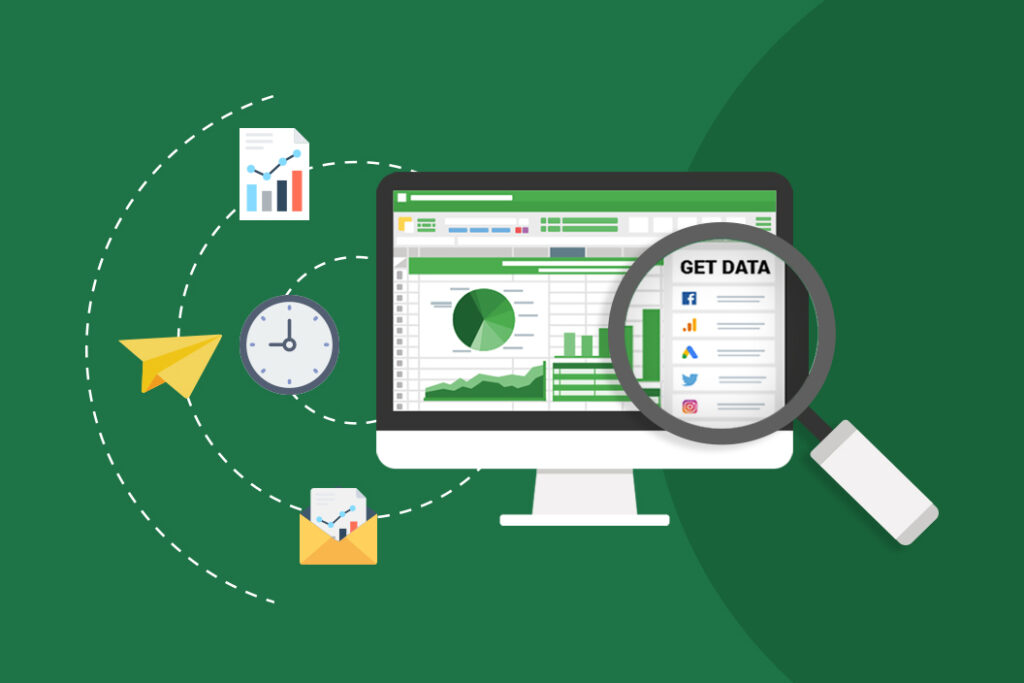Personal Career & Learning Guide for Data Analyst, Data Engineer and Data Scientist
Excel is a software that is used by many data analysts to help them organize, analyze, and present data in a meaningful way. One of the most important tasks that data analysts do in Excel is to summarize data into useful statistics, such as the count of non-blank categories. In this article, we’ll explain how to do this task in a simple and easy-to-understand way, without any complicated code.
Let’s start by understanding what we mean by non-blank categories. In Excel, a category is a group of related data that can be found in one column. For example, if you have a column that lists different types of fruit, each type of fruit would be considered a separate category. A non-blank category is simply a category that has some data in it, as opposed to an empty cell.
To summarize the non-blank categories, the first step is to select the column that contains the categories you want to analyze. To do this, click on the letter at the top of the column to highlight the entire column.
Next, you will use a formula to count the number of non-blank categories. The formula you will use is called the “COUNTIF” formula. The COUNTIF formula is used to count the number of cells in a range that meet a specific condition. In this case, the condition will be that the cell is not empty.
To use the COUNTIF formula, start by clicking on an empty cell where you would like to see the result of the formula. Then, type in the formula “=COUNTIF(A1:A10,”<>”)”. In this example, the range “A1:A10” refers to the cells in the column that you want to count, and “<>” refers to the condition that the cell should not be empty.
Once you’ve entered the formula, press the enter key, and you’ll see the result. The result will be the total number of non-blank categories in the column.
In conclusion, summarizing non-blank categories in Excel is a simple task that can be done using the COUNTIF formula. With some practice, you’ll be able to do this quickly and easily, without any complicated code. Whether you’re a seasoned data analyst or just starting out, Excel is a powerful tool that can help you organize, analyze, and present your data in a meaningful way.
Excel Example for Data Analyst – Summary count of non-blank categories
 Loading...
Loading...
Latest end-to-end Learn by Coding Projects (Jupyter Notebooks) in Python and R:
All Notebooks in One Bundle: Data Science Recipes and Examples in Python & R.
End-to-End Python Machine Learning Recipes & Examples.
End-to-End R Machine Learning Recipes & Examples.
Applied Statistics with R for Beginners and Business Professionals
Data Science and Machine Learning Projects in Python: Tabular Data Analytics
Data Science and Machine Learning Projects in R: Tabular Data Analytics
Python Machine Learning & Data Science Recipes: Learn by Coding
R Machine Learning & Data Science Recipes: Learn by Coding
Comparing Different Machine Learning Algorithms in Python for Classification (FREE)
There are 2000+ End-to-End Python & R Notebooks are available to build Professional Portfolio as a Data Scientist and/or Machine Learning Specialist. All Notebooks are only $29.95. We would like to request you to have a look at the website for FREE the end-to-end notebooks, and then decide whether you would like to purchase or not.
